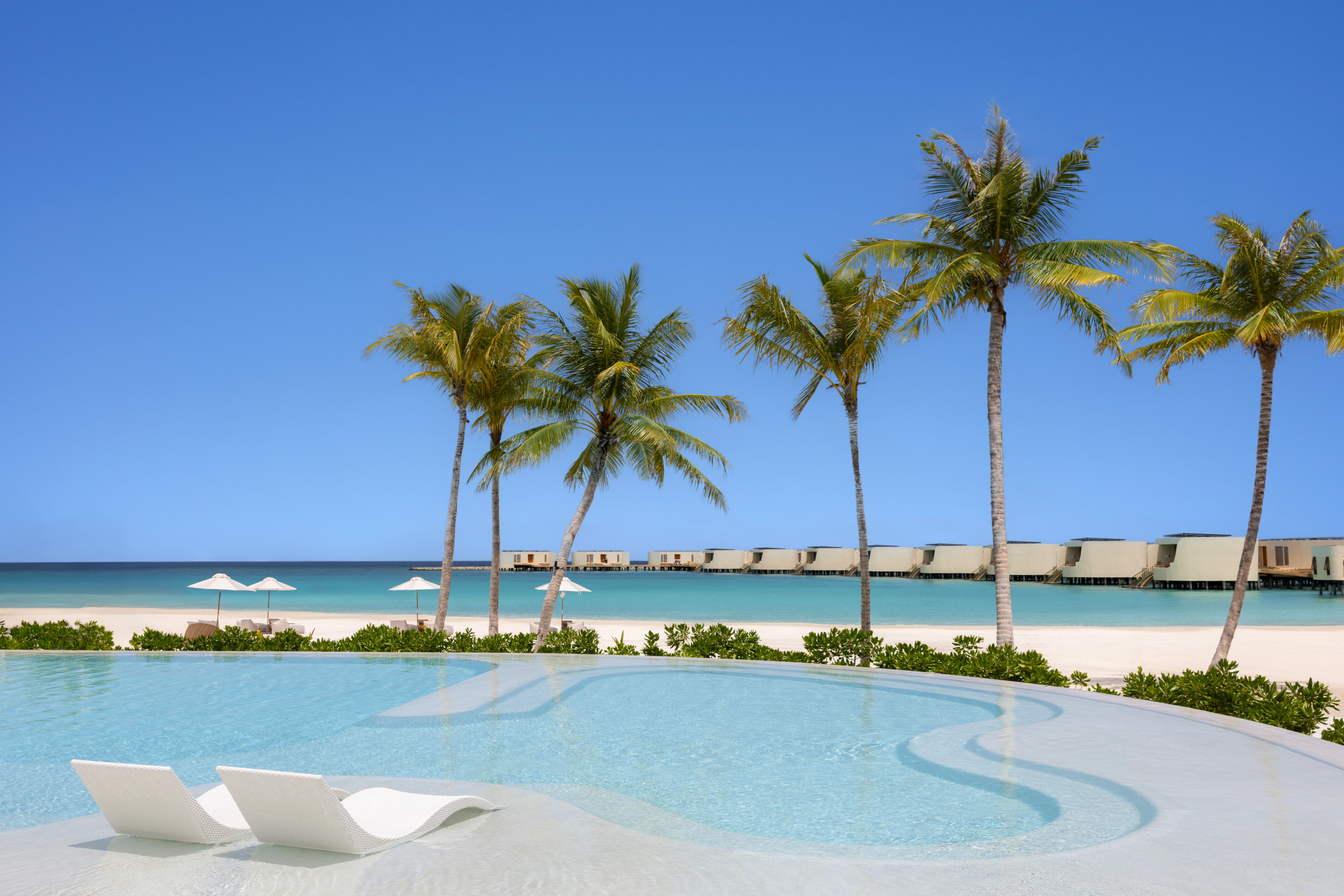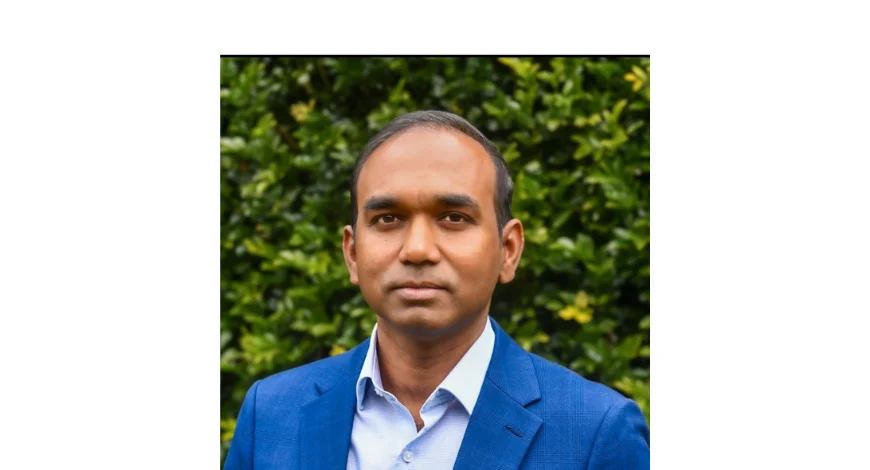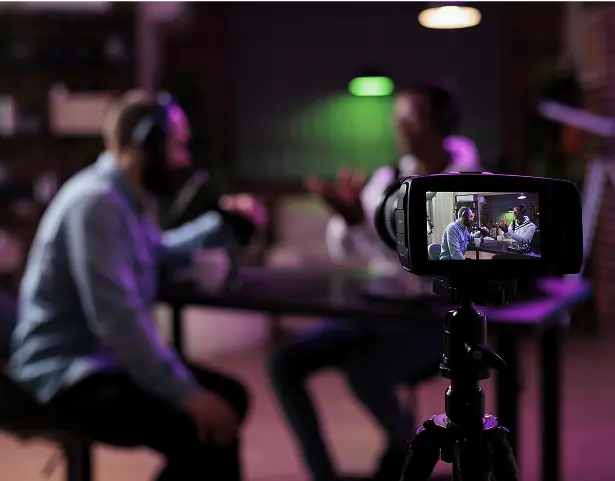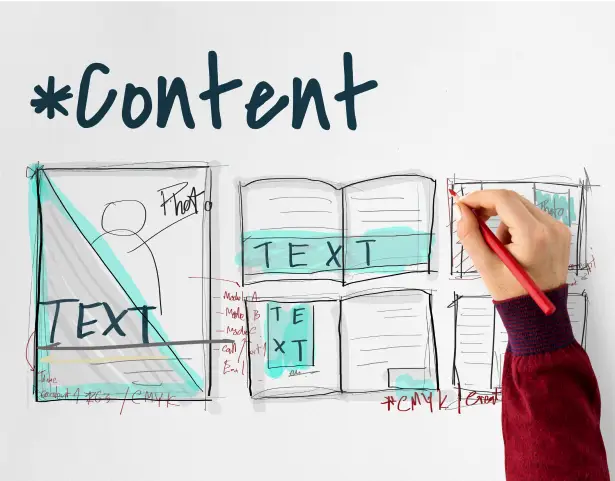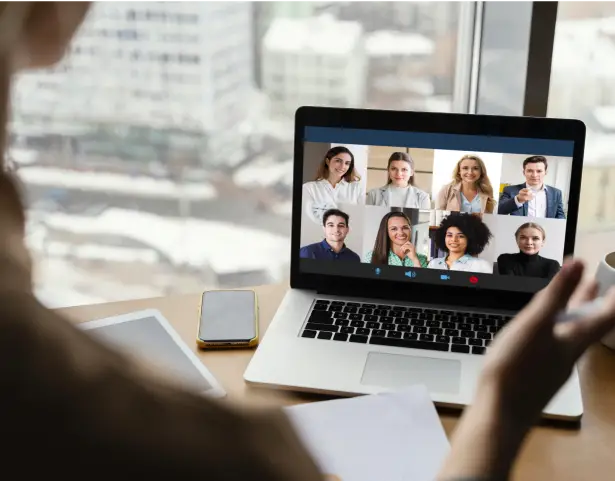
Creating a brilliant experience for every customer, from the moment they go online to book, to the time they step onboard, is central to SeaLink Marine & Tourism's customer-first approach.
With an estimated 5.5 million Australians, around 21.4 percent of the population, living with a disability, and more than one billion people globally affected, digital accessibility is no longer optional, it's essential.
To meet the diverse needs of its customers and reduce barriers to information and travel, SeaLink has integrated UserWay, a global leader in accessibility solutions, across its entire suite of customer-facing websites.
Activated via an icon in the bottom-left corner of the screen, the UserWay widget allows visitors to personalise their experience with features such as text size and contrast adjustments, screen reader compatibility, keyboard navigation, dyslexia-friendly fonts, and real-time language translation into 50 languages.
Over the past 12 months, this tool has helped SeaLink identify and resolve nearly 40,000 online accessibility issues, also known as Web Content Accessibility Guidelines (WCAG) violations, improving the usability of its sites for people with vision, hearing, cognitive or mobility impairments.
As a result, SeaLink has achieved a digital accessibility score of 95 percent, well above the 80 percent industry benchmark.
Global standards compliant
The WCAG standards are internationally recognised and designed to ensure websites are navigable and understandable for people of all abilities.
SeaLink’s executive general manager for customer, sales, and marketing Phil Boyle said: that, through its active implementation of WCAG requirements, SeaLink is helping to remove barriers and enable more inclusive access to travel information, ticketing, and support services, aligning with its commitment to provide brilliant experiences to all guests.
He said: “At SeaLink, our goal is to meet guests where they are, whether that means language, ability, or location. By improving accessibility across our websites and ensuring people can navigate them confidently, we're making it easier for everyone to plan and enjoy a brilliant experience.”
Languages most frequently accessed through UserWay include Chinese, Japanese, and Italian, reflecting SeaLink's global reach among culturally and linguistically diverse communities and international travellers.
SeaLink's commitment to accessibility goes beyond digital spaces. Across its operations, ferry terminals and vessels are being built or upgraded with accessible features including wheelchair-friendly ramps, accessible toilets, priority boarding, and trained crew.
The company is a proud participant in the internationally recognised Hidden Disabilities Sunflower Program, a global initiative that began at Gatwick Airport in the UK in 2016 and is now embraced by more than 200 airports, transport networks, and tourism providers worldwide.
In Australia, the programme has been adopted by major airports including Adelaide, Brisbane, Darwin, Perth and Sydney, and is increasingly recognised across the transport and tourism sector.
















